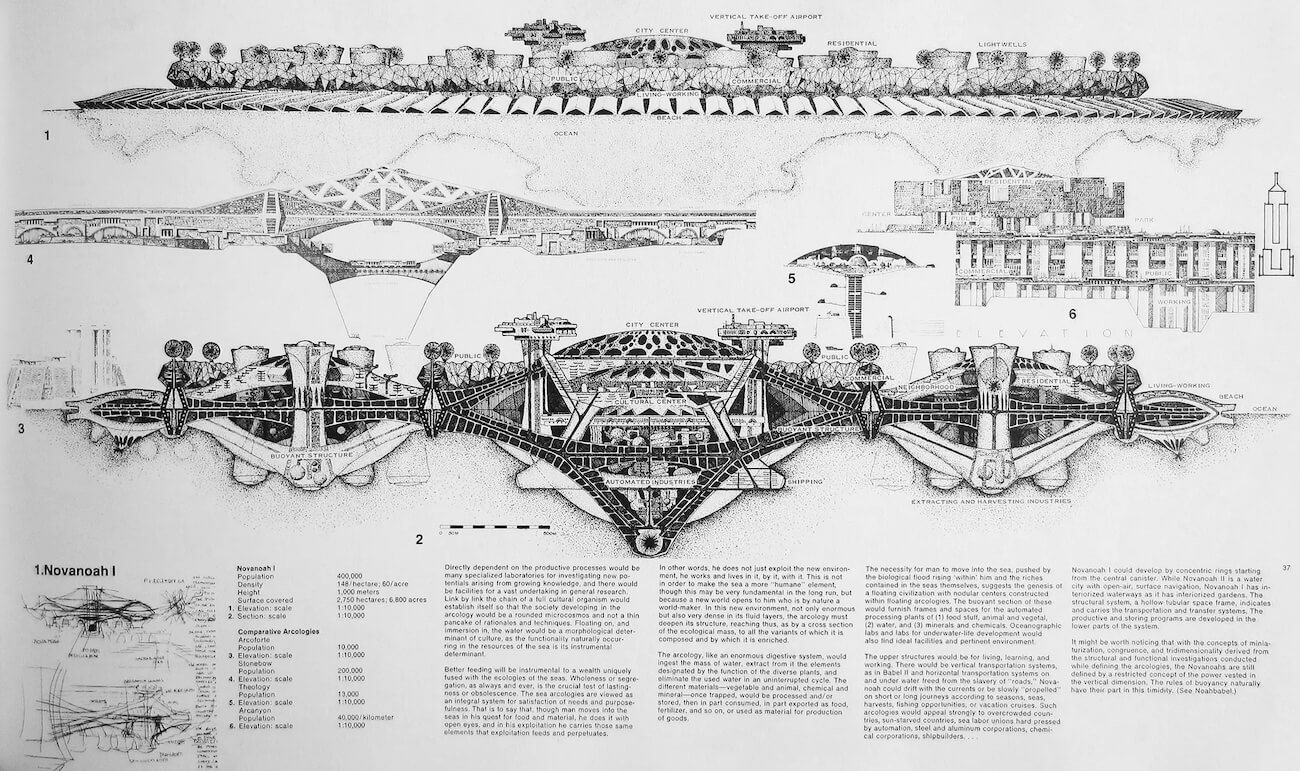September 20, 2022 • #
When working through problems, the most impressive creators to me aren’t those that divine an entire solution in their brain for an hour, then slam out a perfect result (spoiler: this doesn’t exist outside of the occasional savant). I love to watch people who are great at avoiding the temptation to overcomplicate. People who can break problems down into components. People who can simplify complex problems by isolating parts, and blocking and tackling.
I enjoyed this, from an interview with Ward Cunningham (programmer and inventor of the wiki):
It was a question: “Given what we’re trying...
✦
August 22, 2022 • #
Last week I picked up Scene and Structure on a recommendation I saw from Nat Eliason. I’ve seen him mention experimenting with writing fiction, which this book is about — the process of narrative structure, staging scenes, the balance between scenes and “sequels” to maintain coherence and tension through writing novels, which is the author’s background. I’ve thought about testing the waters with fiction writing, even if I never publish it anywhere. I think the NaNoWriMo happens in November, so maybe I’ll make a plan to give it...
✦
July 9, 2020 • #
Basecamp’s Ryan Singer has been doing this solo podcast on a lot of his favored topics, centered around product design. But he also branches into adjacent, related areas of systems, research, user experiences, and more.
I like the solo format as a different approach to your standard conversation or interview shows. I’ve listened to a couple of these, and the best way to describe the content is somewhere between a Twitter thread and a blog post series. You get the good parts about the Twitter medium — the sort of unstructured, “thinking out loud” quality — with more space...
✦
November 19, 2019 • #
A thought-provoking post from Florent Crivello. Engineers’ continuously seek structure and organization assuming that it’s a proxy for efficiency. Here the author points out that with new tools enabling AI systems to design the most efficient way to construct things, you don’t get anything remotely like what a human would generate.
Bottoms-up systems like organically-spreading cities, evolved species, weather patterns, and the like don’t naturally form looking like an urban planner’s dream — they’re much messier (but often the most efficient).
Planners may make their maps look better when they use zoning to separate the city...
✦
